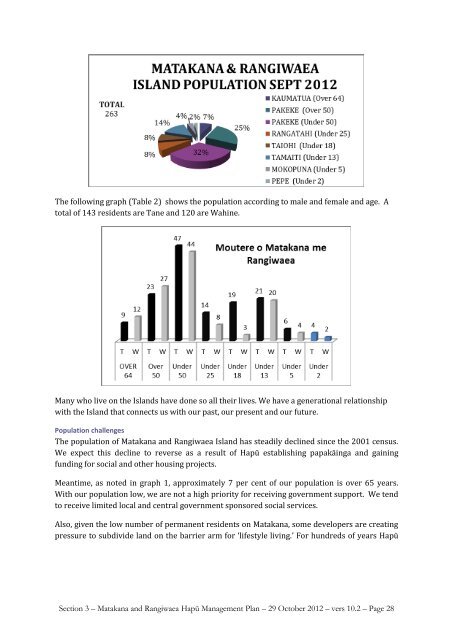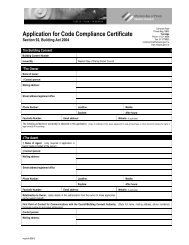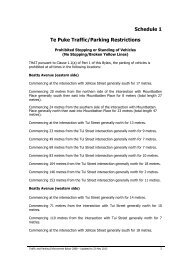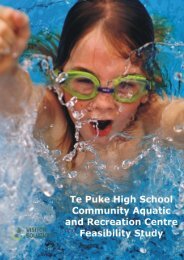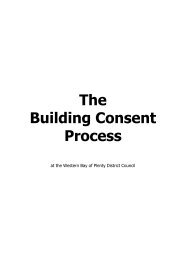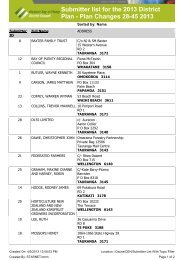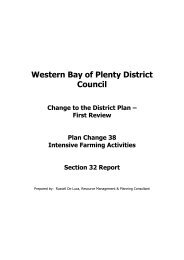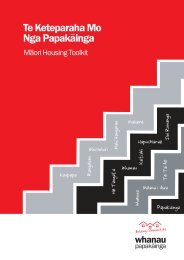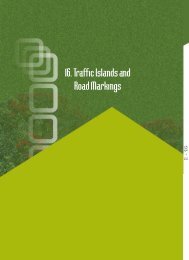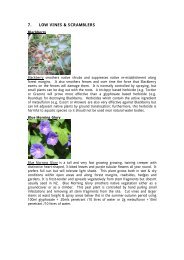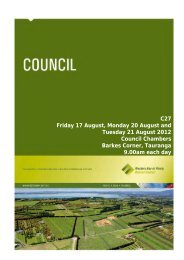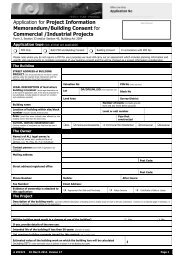Harakeke, Pingao, Kawakawa, Karamu These taonga plants have ...
Harakeke, Pingao, Kawakawa, Karamu These taonga plants have ...
Harakeke, Pingao, Kawakawa, Karamu These taonga plants have ...
Create successful ePaper yourself
Turn your PDF publications into a flip-book with our unique Google optimized e-Paper software.
The following graph (Table 2) shows the population according to male and female and age. A<br />
total of 143 residents are Tane and 120 are Wahine.<br />
Many who live on the Islands <strong>have</strong> done so all their lives. We <strong>have</strong> a generational relationship<br />
with the Island that connects us with our past, our present and our future.<br />
Population challenges<br />
The population of Matakana and Rangiwaea Island has steadily declined since the 2001 census.<br />
We expect this decline to reverse as a result of Hapū establishing papakāinga and gaining<br />
funding for social and other housing projects.<br />
Meantime, as noted in graph 1, approximately 7 per cent of our population is over 65 years.<br />
With our population low, we are not a high priority for receiving government support. We tend<br />
to receive limited local and central government sponsored social services.<br />
Also, given the low number of permanent residents on Matakana, some developers are creating<br />
pressure to subdivide land on the barrier arm for ‘lifestyle living.’ For hundreds of years Hapū<br />
Section 3 – Matakana and Rangiwaea Hapū Management Plan – 29 October 2012 – vers 10.2 – Page 28


